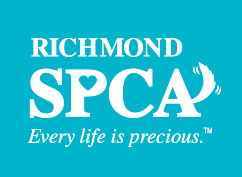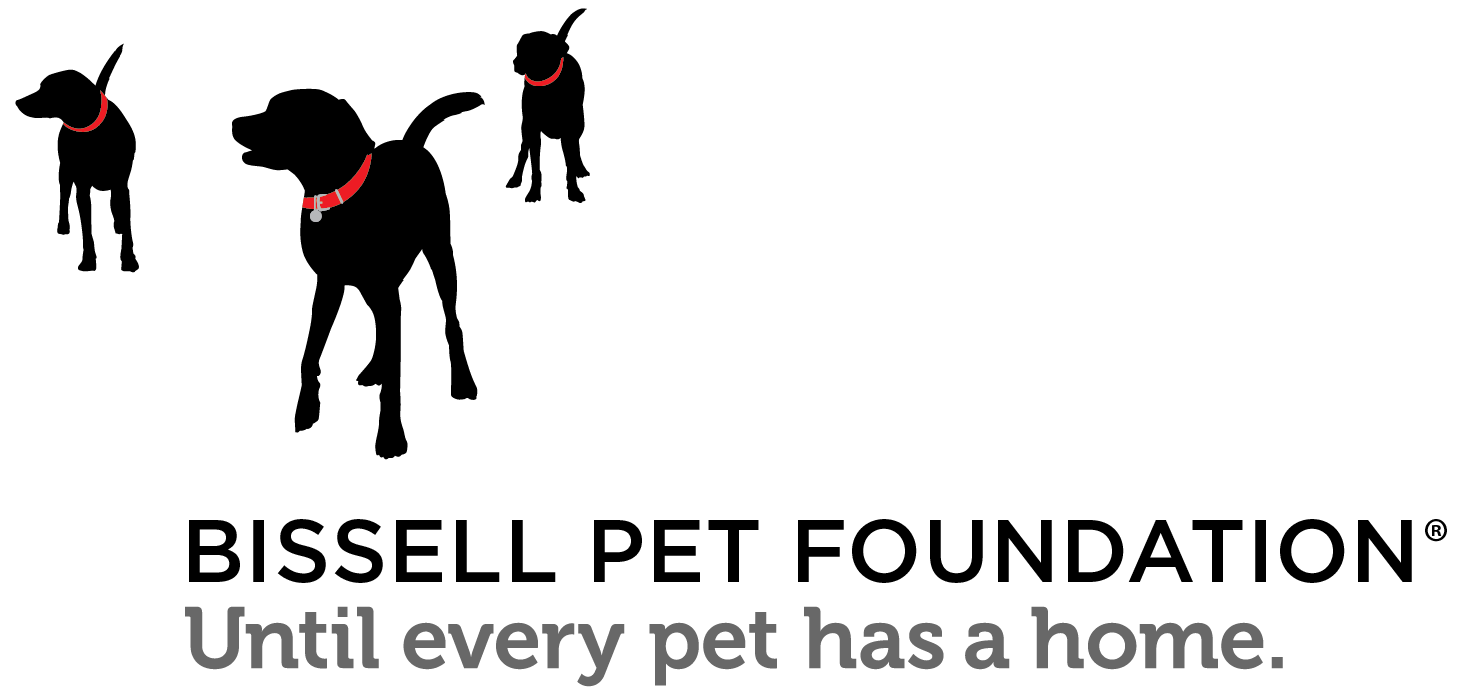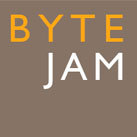Guest blog: How we got to 20 Years No Kill, part one with Robin Starr
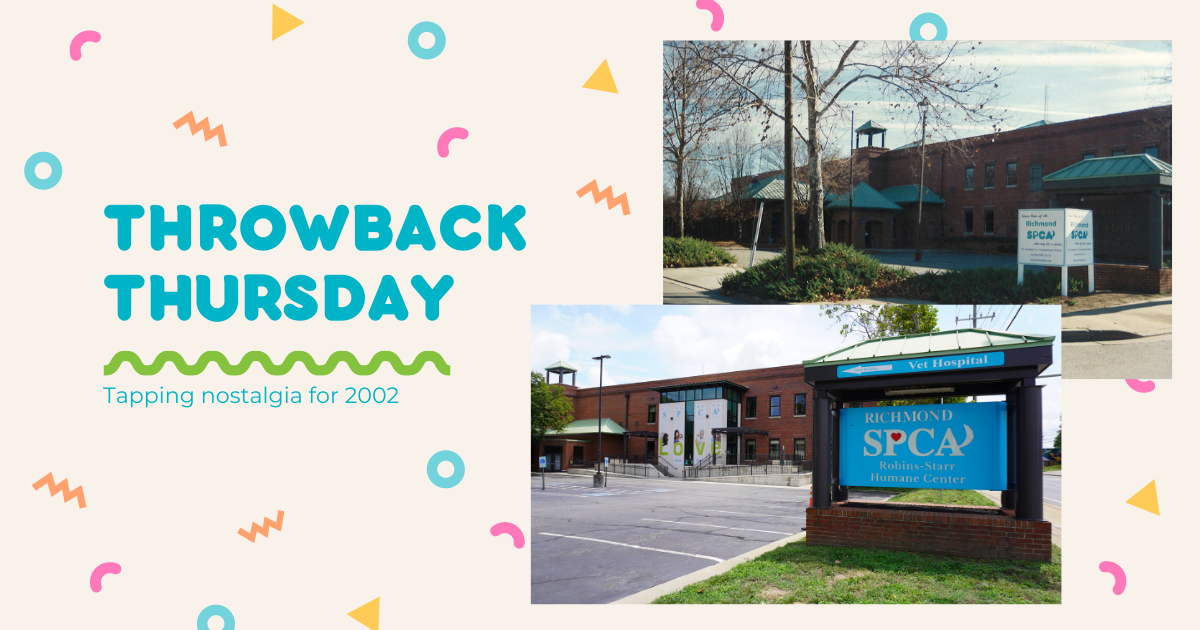
The celebration of the 20th anniversary of the Richmond SPCA becoming a no-kill humane organization is something that I really could not have imagined two decades ago. I truly wish that, at that time, I could have known that the life-saving sea change our no-kill decision meant for homeless animals would become so widely embraced and that the moral and ethnical concepts underlying the change would be so enthusiastically endorsed. Back then, it did not feel like such a thing would be possible. But let me first tell you how it all got started for the Richmond SPCA and me.
No-kill beginnings
When I was about to begin my new job heading up the Richmond SPCA, Henry Harrell, a long standing Richmond SPCA Board member, sent me an article about the remarkable changes that were going on at the San Francisco SPCA and urged me to check it out. I was intrigued and impressed by their courageous paradigmatic shift to save lives.
Their undertaking had germinated from a fierce and gutsy article that Ed Duvin wrote in 1989 called “In The Name of Mercy.” Duvin’s article was explosive in the humane field when he wrote that “it borders on the obscene to describe the killing of many millions of innocent and healthy beings as a merciful act.” He threw down the gauntlet to the field I had just joined when he said “Shelters cannot continue to be slaughterhouses and friends of animals cannot continue killing healthy beings in the name of mercy.… A new and larger vision is needed, a vision in which shelters hold themselves accountable for meeting demanding performance standards that preserve life – not destroy it.” His words really spoke to me.
Rich Avanzino, the head of the San Francisco SPCA, also agreed and had taken concrete action by proclaiming a noble commitment that all healthy homeless animals in San Francisco would be saved and there would be no more killing of them to control their numbers. They undertook a partnership with their local city shelter to work together to save, not take, lives.
A fact-finding mission
I was moved and inspired. So, I decided to make a trip to San Francisco to visit Rich to discuss his vision and the new San Francisco operating model in depth. That visit was just the start of Rich’s mentoring of me over many years for which I will always be grateful. On that trip, he spent a day with me talking about the fact that killing healthy animals for reasons of expedience could never be justified. We discussed how people in our field had to stop facilitating, and participating in, the unethical killing of animals and instead must act as animals’ true protectors and defenders. It was incumbent upon us to educate our communities about how to manage homeless animals, including feral cats, non-lethally and then to cease doing the killing for them while also pressing them hard to operate in this whole new way.
I learned about the sheltering, program and policy changes that they were making in San Francisco to manage homeless animal numbers without killing and their evolving relationship with their city shelter. I began to recognize that a new way of animal welfare was possible for our community too. It could save many thousands of animals’ lives but it would require a total revamping of how we did things in Richmond and pushing people to change old ways that had become comfortable. The Richmond SPCA would have to stop operating as a cog in the killing machine and would be required to offer a range of new services while pushing our community to do things in a different and much more humane way. I knew that such changes would be a hard sell but I had no idea of how very difficult it would really be.
Change was in the air
The Richmond SPCA, then located in a small 1960’s cinder block building on Chamberlayne Avenue, had for decades done pretty much the same thing as the City of Richmond Animal Control shelter — they both took in owner-relinquished pets and strays (more than 10,000 annually in total), held strays for the legally required period of time, did some “humane investigation” that came to little real effect, adopted out pets (with the Richmond SPCA doing far more adoptions than the city) and killed over half of the animals in their care. They did many of the same things. However, there was no recognition that a government agency and a private non-profit were fundamentally different entities that should have different roles and the two agencies had no relationship. There was no communication or cooperation between them and no financial support whatsoever from the City of Richmond to the Richmond SPCA. When I started my job, I was told by my predecessor that I should stay as far away from the “city shelter” as I could.

The Richmond SPCA, when I first arrived for my new job there, had a “euth room” where animals were killed daily and then their bodies were put in a walk-in freezer where they stayed until the city picked them up weekly for disposal. The killing was referred to as “euthanasia” to make it sound merciful even though the animals were mostly healthy when they were killed and the only pain they would be relieved of was the pain that humans would inflict on them. As Duvin had correctly said, it is hard to call the taking of a healthy animal’s life merciful. We were really doing it because we had not developed the means of dealing with the numbers of homeless animals any other way. It was efficient and expedient, not merciful. And not euthanasia.
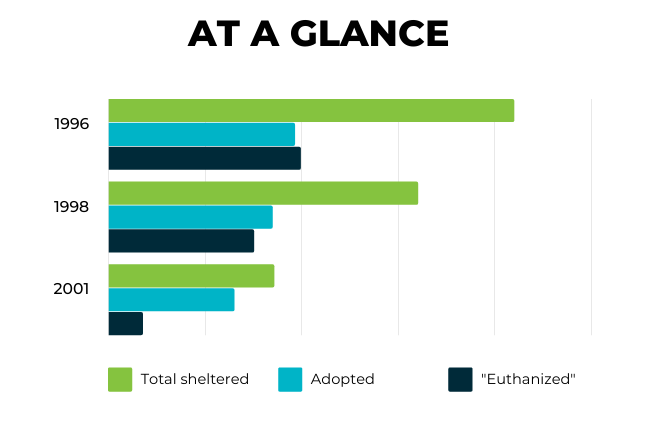
Our Board was in a strategic planning process at the time of my trip to San Francisco and I brought the ideas for change to a no-kill operating model back to the strategic planning committee. I was so lucky that it was a dedicated and courageous group. We spent many hours educating ourselves on these new concepts of no-kill and what would be involved in undertaking such a bold plan for Richmond. Emerson Hughes (“Em”) was the Board Chairman at the time and he became convinced that this was something we needed to do for the animals of our community. Em and others actually made a trip with me back out to San Francisco so that they could talk with Rich Avanzino and see how his organization operated and what new programs were essential. Em’s deep belief in this path for us was very persuasive to other committee members and, after many weeks of detailed work, the committee returned to the full Board with a plan for massive, systemic change for the Richmond SPCA and for the whole Richmond metropolitan community.
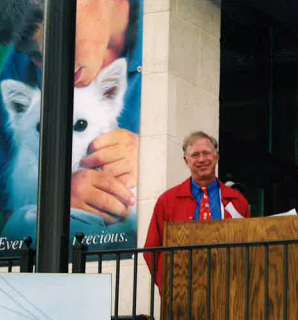
It would be fair to say that we had gotten out ahead, way ahead, of many of the Board members who had not been on the strategic planning committee. There were slack jaws around the room and a long stunned silence after the plan was presented. Em and I explained the plan in depth and he did a great job of persuading enough of the Board members to embrace this bold plan for it to pass. Then, some of those Board members who did not agree decided to quit the Board saying that this plan would have us shirking our obligation to give homeless animals a merciful death. Em was unfailingly gentlemanly and heard out their objections but he was still convinced that the time had come for the no-kill transition to happen. So was I. His commitment to this change made it possible for me to proceed with the plan and its public roll–out without fear for the security of my position. We both believed deeply that this plan would put Richmond on the forefront of life-saving for animals. We had no idea how strong the resistance in our community would be. And, that will be the topic of my next post in this series.
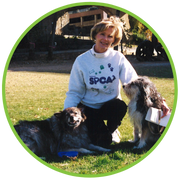
Robin Robertson Starr is a current member of the Richmond SPCA Board of Directors. She served as the organizations chief executive officer from 1997 to 2019. Robin is now enjoying retirement along with her husband Ed and a home filled with Richmond SPCA alumni dogs and cats.
